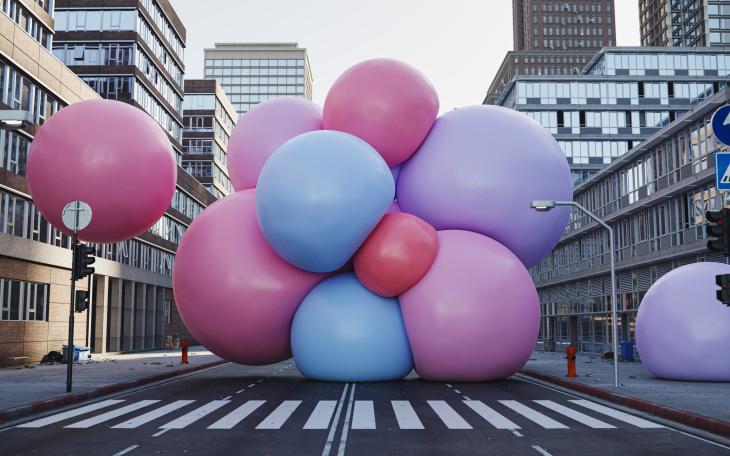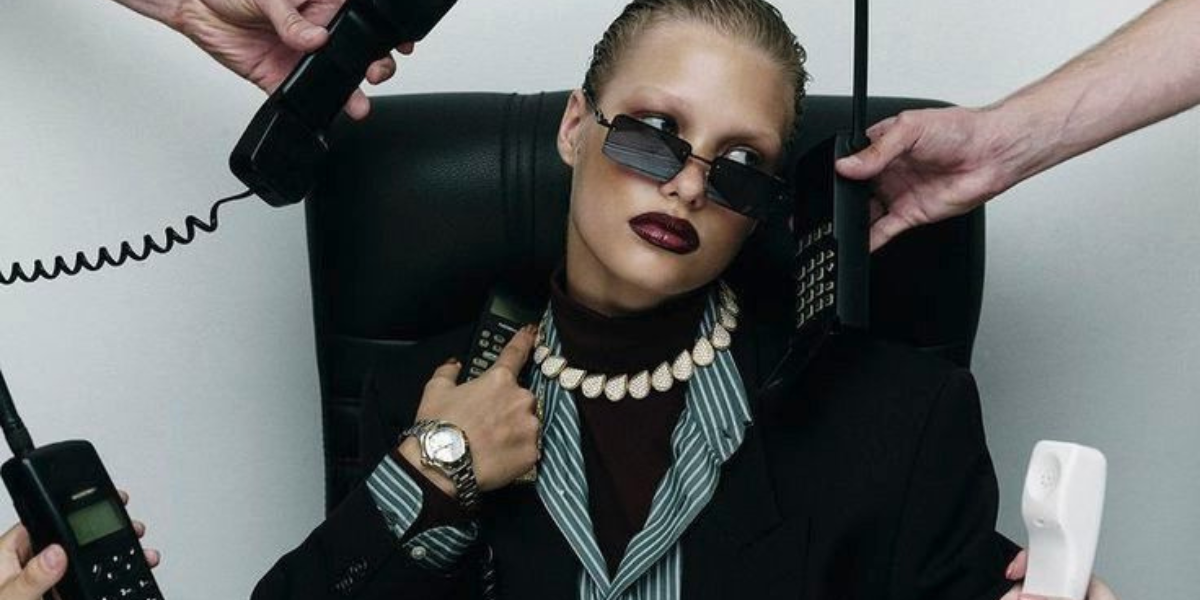The advertising industry is experiencing a paradigm shift, and surprise, surprise, AI and CGI are the culprits.
In the past 2-3 years, Fake Out of Home (FOOH) advertising has come to light; a technique that leverages artificial intelligence and computer-generated imagery to create hyper-realistic outdoor advertisements that don’t physically exist.
The application of AI and CGI has quite literally given OOH a new name, opening doors for brands.
Brands can now create captivating campaigns, blending the boundaries between reality and imagination.
What is Fake Out of Home Advertising?
Fake Out of Home advertising is the creation of digital outdoor ads that seamlessly integrated into real-world environments using AI and CGI.
These ads are designed to appear as though they are physically present in locations such as billboards, bus stops and building facades.
The technique is primarily used for online marketing campaigns, where images or videos are shared on social media and other digital platforms, creating noise around new product launches or generate brand awareness.
It’s the ultimate scroll-stopping content.
The role of AI and CGI

About the author
Simarin Tandon | Performance and Digital Marketing Manager
Having worked with brands across the Beauty &Wellness, FMCG, FinTech, and Home & Lifestyle sectors, Simarin focuses on driving acquisition and growth, whilst managing the performance team at brandnation.
A curious marketer, Simarin is always on the pulse when it comes to performance and digital updates across both paid and organic platforms.
This involves understanding lighting conditions, shadows, angles, and even the textures of surfaces where the ads should be displayed. CGI brings these ads to life with high-definition graphics and intricacies – from rendering realistic billboards to creating interactive displays.
Advantages of Fake Out of Home Advertising
- It’s cost effective (and better for the environment): Traditional Out of Home advertising can be expensive as a result of rising print costs, installation and maintenance. FOOH eliminates these costs and has very little impact on the environment.
- It allows greater flexibility: Brands can adapt campaigns in response to changing market conditions or needs, at little additional cost and minimal effort.
- Global reach potential: FOOH ads are typically shared across social media platforms, reaching a global audience and harnessing their virality. This allows brands to create localised campaigns without the logistical challenges of physical installations.
- Creative potential: AI and CGI elevate creative campaigns, allowing brands to experiment with interactive features that wouldn’t be achievable with traditional methods.
Why is FOOH so popular?
It’s captivating, unlike anything seen before, and it generates a sense of disbelief. When your audience sees something that distorts the realm of possibility, their attention is immediately captured and thus, your brand remains top of mind.
Brand recall is essential; with overcrowding in each sector, competition is rife, emphasising the need to enhance brand recall through creative marketing campaigns and brand activations. Staying top of mind ultimately correlates to higher engagement and therefore, an increase in sales. Who doesn’t want that?
Examples of headline-worthy CGI ads
Nike’s giant sneaker ad
Barbie unboxed at Burj Khalifa
Maybelline Mascara
The Future of Advertising
Brandnation’s Creative Director, Joe Murgatroyd, believes the industry is yet to realise the full potential of FOOH. “CGI doesn’t spell the end for traditional out-of-home, but it does provide a platform for brands to experiment and flex their creative muscle in new environments.
“The early adopters have been widely praised in the industry for capturing the imagination of audiences. The success is largely attributed to the idea and execution being novel – the question now is, where next?
“It’s a concept that’s in its infancy but there’s a lot of runaway to develop FOOH further to build bigger brand experiences and to deliver CGI-driven campaigns at scale.”
As AI and CGI technologies continue to evolve, the potential for FOOH advertising will expand, blurring the lines between digital and physical. This innovative approach is not just a trend but a glimpse into the future of advertising, where creativity and technology converge to captivate audiences.
In conclusion, Fake Out of Home advertising represents a significant forward-leap in the advertising industry, harnessing the power of AI and CGI to create compelling and cost-effective campaigns. As brands explore this new frontier, we can expect to see more groundbreaking and imaginative uses of FOOH advertising, soon.





